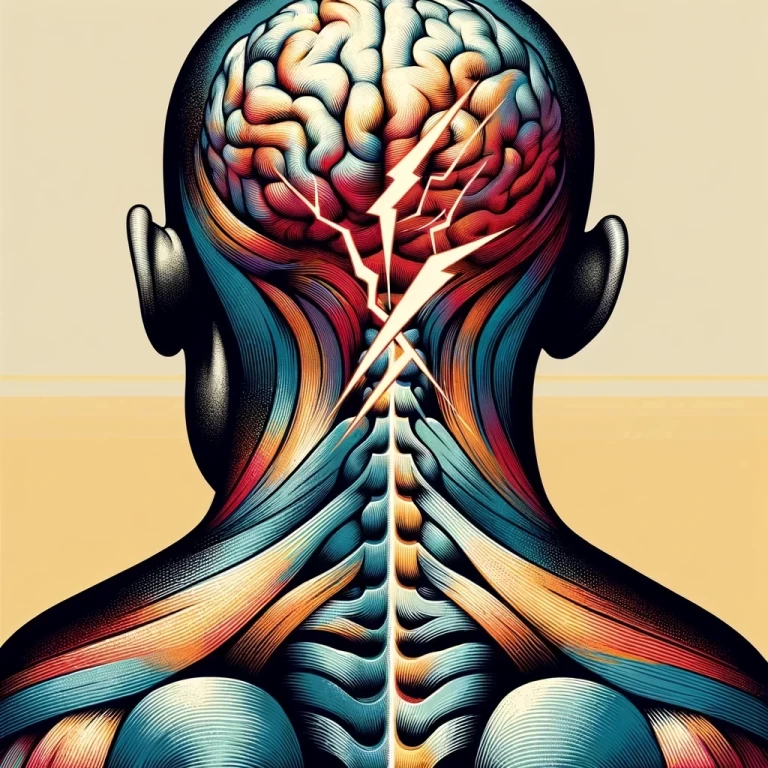
If you’ve ever felt the room tilt, spin, or blur—sometimes for minutes, sometimes hours—and then, later or maybe even before, the old familiar migraine pain creeps in, you’re in the growing club of people dealing with Migraine-Associated Vertigo (MAV). It’s a weird, unnerving mix: half headache, half carousel ride, and altogether disruptive.
What Exactly Is Migraine-Associated Vertigo?
By downloading the Digital Patient Chart mobile app you can better control your patient portal.
For years, MAV flew under the radar, sometimes called “vestibular migraine” or “migraine-related dizziness.” Classic migraines are notorious for pounding heads, throbbing temples, and light sensitivity, but the vestibular system—the delicate inner ear balance network—can also get hijacked by migraine processes.
Recent guidelines (Barany Society, 2023; American Headache Society, 2024) now recognize MAV as a major migraine subtype. The symptoms aren’t always pain; they’re spinning sensations, balance loss, a sensation of motion when you’re still. Sometimes, it’s a full-blown vertigo attack. Other times, it’s just feeling off-kilter, dizzy, or disconnected from your own body.
And the numbers? They’re climbing: Some studies estimate that up to 1 in 10 migraine sufferers also wrestle with vertigo episodes. It’s especially common in women, and tends to start somewhere between age 30 and 50. For many, the vertigo can be even more disabling than the pain.
Why Does This Happen?
Nobody’s pinned down the precise wiring yet. The current thinking? Migraines aren’t just “bad headaches”—they’re whole-brain events. During a migraine, waves of electrical and chemical changes can disrupt blood flow and nerve signaling, including the circuits that control balance and spatial orientation.
Some researchers point to a “cross-talk” between the brainstem’s migraine centers and the vestibular nuclei. Others blame inflammation, fluctuating neurotransmitters (especially serotonin), or even tiny spasms in the blood vessels feeding the inner ear. The short version: It’s complicated, and everyone’s version is a bit different.
The Standard Medical Approach
Usually, treatment blends migraine meds (triptans, beta-blockers, anti-seizure drugs) with vestibular suppressants or anti-nausea agents. Vestibular rehab therapy—a kind of physical therapy for your balance system—is a rising star. But not everyone responds. For some, medication brings side effects; for others, the attacks remain stubbornly unpredictable.
Where Does Chiropractic Care Come In?
Here’s where it gets interesting—and yes, the research is evolving. Over the last five years, a growing number of studies and systematic reviews have started looking at manual therapy, including chiropractic, for people with chronic migraines and/or associated vertigo.
What’s the Theory?
The upper neck—specifically the upper cervical spine—is a crossroads for nerves, blood flow, and proprioceptive (body-position) signals heading up into the brain. If the neck is stiff, misaligned, or restricted (from posture, injury, or old whiplash), it can send confusing signals to the brainstem. That, in turn, might “sensitize” the brain to dizziness or trigger migraine cascades. This “cervicogenic” pathway is now widely discussed in headache and neurology research.
What Does the Evidence Say? (As of 2024)
Systematic Review (2023, Cephalalgia): Manual therapy, including chiropractic spinal manipulation, showed moderate evidence for reducing migraine frequency and intensity. A handful of studies included patients with vestibular symptoms, who reported added improvement in dizziness and balance.
Australian RCT (2022, Headache): In patients with both chronic migraine and recurrent vertigo, a combination of cervical mobilization and exercise reduced vertigo days and improved quality of life over 12 weeks, compared to medication alone.
Case Series & Observational Data (2021–2024): Multiple reports (see Journal of Manual & Manipulative Therapy, Neurology Clinical Practice) describe patients with intractable MAV experiencing fewer dizzy spells, less neck pain, and better day-to-day functioning after targeted upper cervical adjustments.
But—this matters—there’s no universal protocol, and results vary. Some patients see marked change in weeks; others, only mild relief. Chiropractic isn’t a cure-all, but for certain people, especially those with neck pain or old injuries, it seems to tip the scales.
What Does Chiropractic MAV Care Actually Involve?
Forget the stereotypes about neck “cracking.” Most chiropractic approaches for MAV are subtle and measured:
- Thorough assessment: Detailed history, neurological exam, and sometimes imaging to rule out red flags.
- Gentle mobilization or manipulation: Focused on the upper cervical spine (C1–C3), aiming to restore proper movement and reduce tension.
- Soft tissue work: Addressing trigger points in the neck, shoulders, and even the jaw (TMJ dysfunction can play a role).
- Lifestyle and posture coaching: Headaches and vertigo often have postural or ergonomic triggers.
Many chiropractors now work hand-in-hand with neurologists and physical therapists, creating multidisciplinary plans. The best outcomes come from teamwork, not territorial medicine.
Takeaways: Is Chiropractic Worth Trying for MAV?
If you’re in that odd, exhausting space where migraines and vertigo collide, and especially if neck stiffness or pain is part of your story, there’s growing evidence that chiropractic or manual therapy could help. It’s not a replacement for neurological care, but a potential piece of the puzzle—one that, for some, brings relief when pills don’t.
As always, results vary, and chiropractic isn’t suitable for everyone. But in 2024, MAV is finally being taken seriously—and so is the neck’s role in all of this.
So if your world is spinning and the headaches won’t quit, maybe don’t just write it off as “just stress.” Sometimes, relief is about seeing old symptoms from a new angle—and sometimes, it’s right at the top of the spine.
References:
Barany Society. (2023). Diagnostic criteria for vestibular migraine.
American Headache Society. (2024). Migraine and vestibular disorders: An updated review.
Cephalalgia. (2023). Manual therapy and migraine: A systematic review.
Headache. (2022). Cervical mobilization for vestibular migraine: A randomized controlled trial.
Journal of Manual & Manipulative Therapy. (2021–2024). MAV and chiropractic care: A case series.









Leave a comment